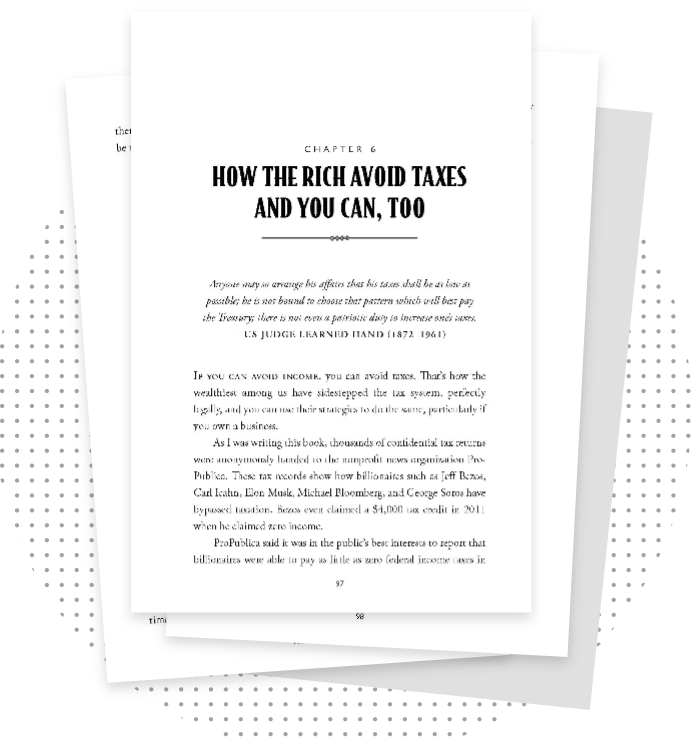How to Make the Most of Your Charitable Donations

Over the past four years, the United States has enacted several new pieces of tax legislation that have had a significant impact on tax and retirement planning at every level. 2017 brought the Tax Cuts and Jobs Act, or the TCJA for short, which made sweeping changes throughout the tax code. In 2019, Congress passed the Setting Every Community Up for Retirement Enhancement Act, or the SECURE Act, which impacted both retirees and retirement savers.
In response to the coronavirus pandemic, Congress quickly passed the Coronavirus Aid, Relief and Economic Security Act, or CARES Act, which brought the most significant stimulus in U.S. history to the American people, among other tax law changes.
For many, these changes pulled the rug out from under, making charitable donations to reduce taxes. These changes have left financial planners and tax experts finding alternative strategies to minimize taxes.
American taxpayers must decide whether to take the standard deduction or rack up enough deductions allowed by the IRS to surpass the standard deduction, called itemizing.
Since the TCJA raised the standard deduction to $29,200 (for married filing jointly) (as of 2024), Americans will be less able to itemize and benefit from their charitable donations on their tax returns. As a result of this, I have been leading my clients through potential alternative strategies such as charitable clumping, or the use of a DAF to accelerate multiple years’ worth of tax deductions into a single year.
Charitable clumping consists of giving multiple years’ worth of donations in a single year, then waiting several years before making another clumped donation. A DAF allows individuals to contribute low-cost basis stock or cash to a separate account irrevocably dedicated to charity.
The account can remain invested, be reallocated, and distribute grants at any frequency. For those over the age of 70 1/2, I recommend that clients use the QCD strategy, which involves sending all or some of their Required Minimum Distribution (RMD), up to $100,000, to a charity (or charities) of their choice. This strategy excludes the donated portion of their RMD from their reportable income. The QCD strategy allows you to take full advantage of the standard deduction, while still recognizing the benefits of your charitable deduction.
These strategies, while beneficial, are not perfect. Nothing is perfect. Clients are sometimes averse—understandably so—to charitable clumping due to the perceived social stigma they may encounter for not contributing in subsequent years. This is especially true for churchgoers who tithe on a weekly basis. DAFs can be complicated to establish and will incur costs to maintain the account and minimum investments, starting at .60% of the account value a year (for Charles Schwab). QCDs come largely without any downside, however, they are only available for individuals over 70 ½ and those with a traditional IRA or 401(k).
Due to the tax code changes since 2017, many individuals will no longer receive a tax benefit for their charitable donations. However, using strategies such as charitable clumping, DAFs, or QCDs can improve client outcomes by understanding how paying for planned expenses in an alternative way can reduce their tax liability. And help them give to the causes and organizations they believe in.
Zack is a CERTIFIED FINANCIAL PLANNER™ professional, Accredited Investment Fiduciary, Accredited Wealth Management Advisor, Chartered Retirement Planning Counselor, and Retirement Management Advisor.
As Director of Financial Planning at Berkshire Money Management, he partners with recent retirees and people nearing retirement to create actionable plans for achieving their financial goals. He is especially interested in tax planning – he hates taxes and wants to help you pay less of them.







